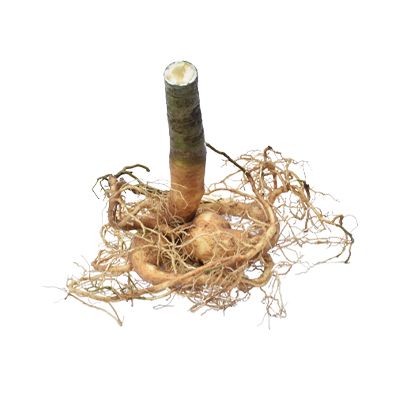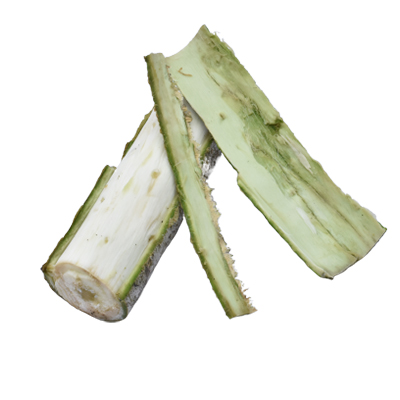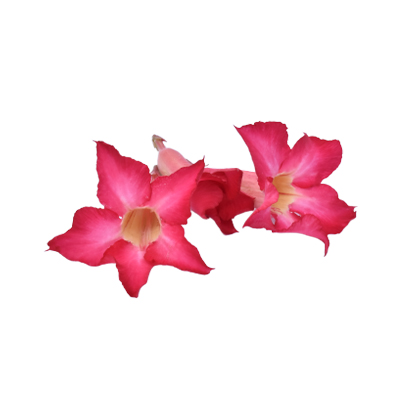Desert Rose
Adenium obesum (Forssk.) Roem. & Schult.
Apocynaceae
Location in our garden
Principal
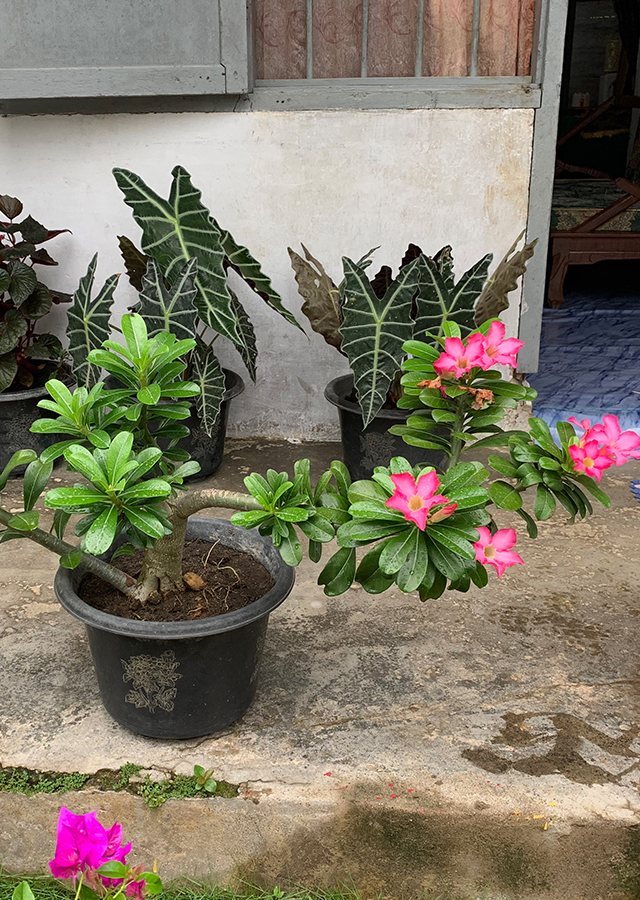
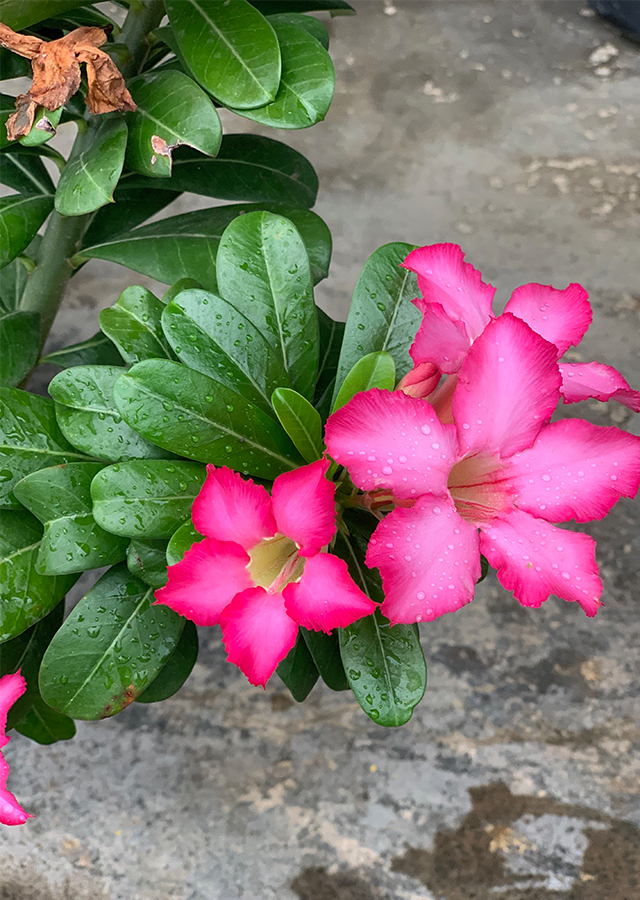
Synonym
Adenium arabicum Balf.f.
Adenium arboreum Ehrenb.
Adenium coetaneum Stapf
Habitus
Shrubs. A thick-stemmed sparsely-leaved perennial succulent, grows up to 4 m tall
Part Used
Bark
Flowers
Latex
Roots
Stem
Growing Requirements
Full Sunshine
Drought Resistant
Habitat
Forest
Rocky Areas
Grassland
Overview
It is native to sub-Saharan Africa and Arabia. It usually drops the leaves in the dry season. During the summer it produces a mass of deep rose/red to pale pink flowers but they can appear throughout the year. This plant has many flower color variants. As an ornamental, it is cultivated worldwide. Breeders do grafting to get flower color combinations, valued particularly for its flowers and unusual form, it is cultivated throughout the world as a pot plant and outdoors in the tropics.
Vernacular Names
Kalachuci (Thai), Rosa del deserto (Italian), Wustenrose (German), desert rose (English), rose du désert, baobab chacal (French).
Agroecology
A plant of the arid and semi-arid tropics, where it can be found at elevations up to 2,100 meters. Desert rose is very cold sensitive and will not tolerate cold soil, air, or frost. It prefers full sun but can grow in a bit of afternoon shade and very well-drained soil. It grows in extremely arid environments squeezed in among granite rocks and cliffs together with several species of Euphorbia and many wildflowers. Although it originates from dry areas, it tolerates high air humidity well, which explains its popularity in countries such as Thailand and the Philippines.
Morphology
- Stem - Swollen at base up to 1 (-2) m in diameter; bark pale geyish-green, smooth with sticky, clear or white latex; branchlets glabrescent, pubescent at apex.
- Leaves - spirally arranged, clustered toward the tips of the shoots, simple entire, leathery in texture, broad.
- Flowers - Tubular, 2–5 cm (0.79–1.97 in) long, with the outer portion 4–6 cm (1.6–2.4 in) diameter with five petals. The flowers tend to red and pink, often with a whitish blush outward of the throat.
- Fruits - Follicle, dehiscent dry fruit.
Cultivation
- By seeds - It germinates within a week at temperatures of about 30 °C. Seedlings are ready for transplanting within 1 month when they have developed 6 leaves.
- By tip cuttings - planted in a coarse rooting medium and well watered are most successful.
Chemical Constituents
Fuvoplumerin, sitronellol, fenitilalkohol, geraniol, linallol, farnesol, saponin, glikosida.
Traditional Medicinal Uses
- Extracts from the root have shown a cytotoxic effect against several carcinoma cell lines.
- A decoction from the roots, alone or in combination with other plants, is used externally to treat venereal diseases; a root or bark extract is used as a bath or lotion to treat skin diseases and to kill lice.
- A root decoction as nose drops is prescribed for rhinitis.
- Latex is applied to decaying teeth and septic wounds, and rubbed on the head against lice.
- Powdered stems are applied to kill skin parasites of camels and cattle.
- The bark is chewed as an abortifacient.
Part Used
Reference Sources
- Fern, Ken. (2019). Useful Tropical Plants. http://tropical.theferns.info/viewtropical.php?id=Adenium+obesum 17-03-2021
- Martha's exotic Backyard in Israel. (No date). http://www.flowersinisrael.com/exoticAdeniumobesum_page.htm#:~:text=Adenium%2C%20Latinized%20Arabic%20name%20Aden,%2C%20fat%2C%20stout%2C%20plump. 17-03-2021
- Oyen, L.P.A. (2021). Adenium obesum (PROTA). https://uses.plantnet-project.org/en/Adenium_obesum_(PROTA) 1-12-2021
